Search for cities, countries, lakes and rivers
Faroe Islands
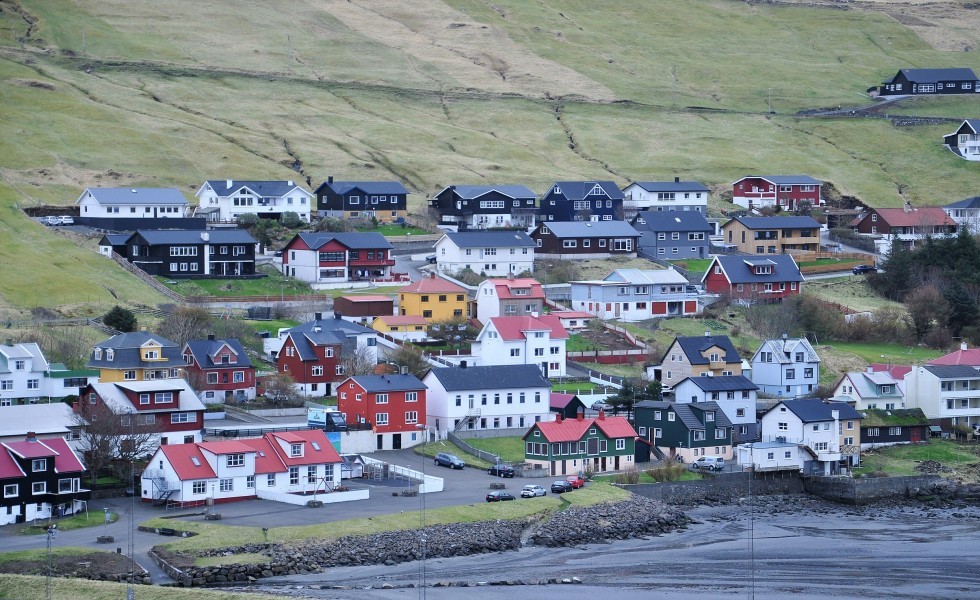
Faroe Islands, Vágar © wikimedia.org
Faroe Islands Sea Temperature
This page provides detailed information about the water temperature in Faroe Islands. All countries, cities and resorts on the coast. The range of sea temperatures for today. We find every spot where you can swim and tell you what the water temperature is there today and throughout the year.
Current Sea Temperature
9.9°C
minimal
10.0°C
average
10.2°C
maximum
Graph of Sea Temperature Changes in Faroe Islands Over the Last 60 Days
The Warmest Places on the Seaside in Faroe Islands Today
The Most Popular Seaside Resorts in Faroe Islands
Seas and Oceans that Border Faroe Islands
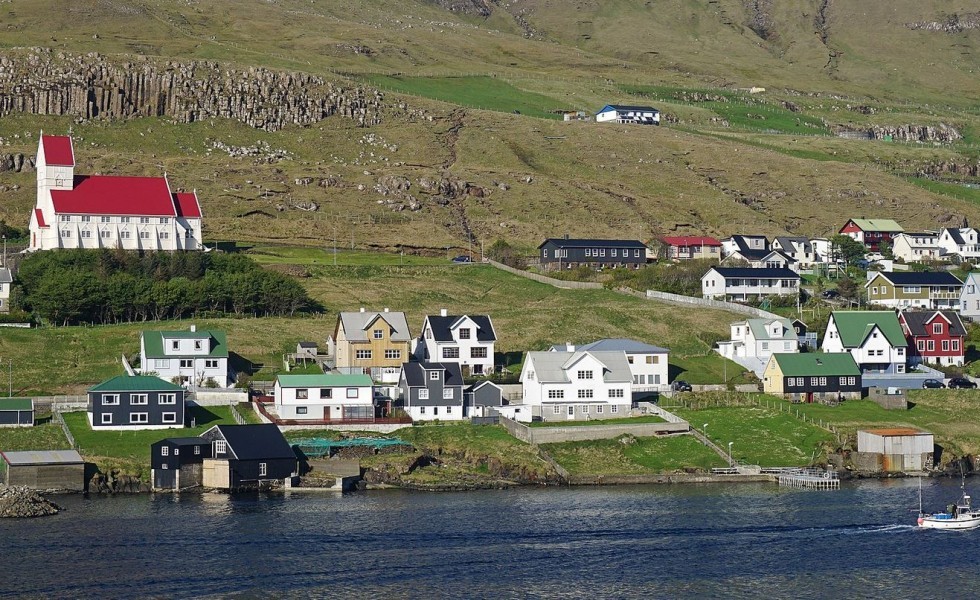
Faroe Islands, Suðuroy © wikimedia.org
Faroe Islands: List of Regions
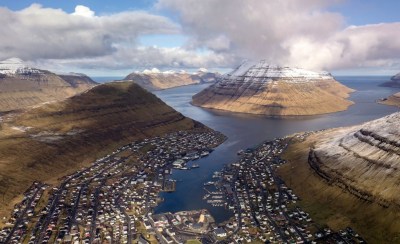
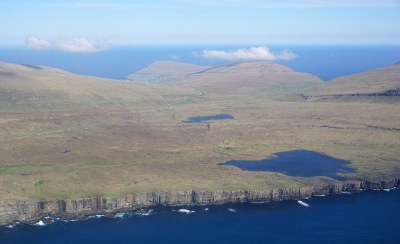
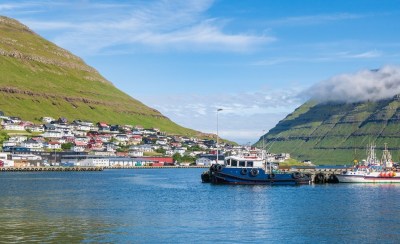
Water Temperature in Faroe Islands: General Trends and Swimming Opportunities
The Faroe Islands, located in the North Atlantic Ocean, offer a unique and rugged coastline characterized by dramatic cliffs, rocky shores, and cold sea temperatures. The water around the islands is cold throughout the year, with average sea temperatures ranging from 8°C (46°F) in winter to 12°C (54°F) in summer. While the waters are generally too cold for most swimmers, they can be suitable for those accustomed to colder temperatures or for those who enjoy an invigorating, bracing dip. The summer months offer the best conditions for swimming, but even then, the temperature of the water remains relatively chilly compared to warmer Mediterranean or tropical destinations.
Despite the cold waters, the Faroe Islands offer a unique experience for outdoor enthusiasts, with opportunities for swimming in secluded coves, bays, and beaches surrounded by stunning natural beauty. The islands' remote location and untouched landscapes provide a serene atmosphere for those looking to swim or enjoy other water activities like kayaking and sailing. Some visitors even take the plunge in designated outdoor swimming pools, which are often heated to more comfortable temperatures, allowing them to enjoy the cool surroundings while staying warm in the water.
In addition to the cooler waters, the Faroe Islands' coastlines and beaches are often wild and rugged, making them perfect for those who seek adventure and an authentic experience. While swimming in the open sea may not be the primary attraction due to the cold water temperatures, the natural beauty of the area, combined with the opportunity to explore isolated beaches and enjoy the tranquility of the islands, makes it a fascinating destination for those looking to connect with nature in a unique way.
General Information and Geographical Location of Faroe Islands
Original name of the country: Føroyar
Faroe Islands are in Europe. The country is washed by the Atlantic Ocean. To determine the water temperature on the islands, we track a total of nine settlements. Link to Google Maps.
Faroe Islands Weather
The Faroe Islands have a cool maritime climate, heavily influenced by the surrounding North Atlantic Ocean. Summers, from June to August, are mild, with average temperatures ranging from 50°F to 55°F (10°C to 13°C). Warm days are rare, and even in summer, the weather can be unpredictable, with sudden shifts between sunshine, rain, and fog. Rainfall is frequent throughout the year, but summer tends to be slightly drier. The long daylight hours during this season create an almost endless twilight, making outdoor activities enjoyable despite the cool temperatures.
Winters, from December to February, are cold but not extreme, with temperatures typically between 35°F and 45°F (2°C to 7°C). Snowfall is possible but not common in lower areas, as the mild ocean currents keep temperatures above freezing most of the time. Strong winds and heavy rain are frequent during winter, contributing to the islands’ dramatic and ever-changing weather. The short daylight hours, with as little as five hours of light in December, create a dark and moody winter atmosphere. Overall, the Faroe Islands’ climate is characterized by cool temperatures, high humidity, and constant weather variations, making it unique and unpredictable year-round.
Frequently Asked Questions About Faroe Islands and its Water Temperatures
What is the sea temperature today on the coast of Faroe Islands?
The sea temperature today on the coast of Faroe Islands ranges from from 50°F (9.9°C) in Fuglafjordur to 50°F (10.2°C) in Tvoroyri.
Which seas and oceans border Faroe Islands?
Faroe Islands is bordered only by the Atlantic Ocean.
How long is the coastline in Faroe Islands?
According to The World Factbook, the length of Faroe Islands's coastline is 694 miles (1,117 km), but no data provided by World Resources Institute.
What is the best time for swimming and beach holidays on the coast of Faroe Islands?
In Faroe Islands, the average monthly sea temperature does not rise above 68 degrees Fahrenheit (20 degrees Celsius) in any month of the year. The highest water temperature occurs in July and reaches only 55 degrees Fahrenheit (13 degrees Celsius).
What is the sea temperature history in Faroe Islands?
Here are the ranges of sea temperatures in Faroe Islands by month based on historical data: in January from 41°F (5°C) to 48°F (9°C), in February from 39°F (4°C) to 46°F (8°C), in March from 41°F (5°C) to 46°F (8°C), in April from 41°F (5°C) to 48°F (9°C), in May from 41°F (5°C) to 50°F (10°C), in June from 42°F (6°C) to 53°F (12°C), in July from 44°F (7°C) to 55°F (13°C), in August from 46°F (8°C) to 55°F (13°C), in September from 46°F (8°C) to 53°F (12°C), in October from 44°F (7°C) to 51°F (11°C), in November from 42°F (6°C) to 51°F (11°C), in December from 41°F (5°C) to 50°F (10°C).
